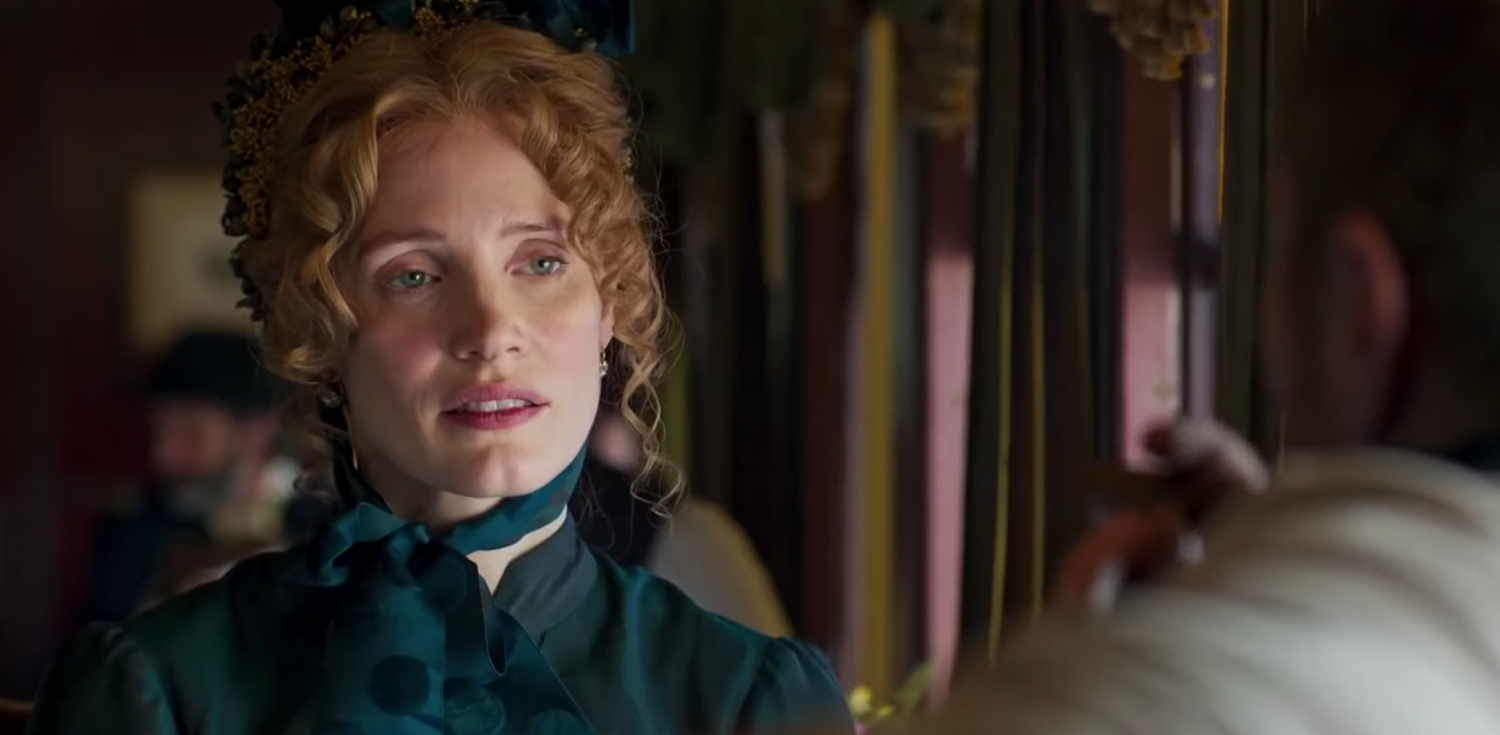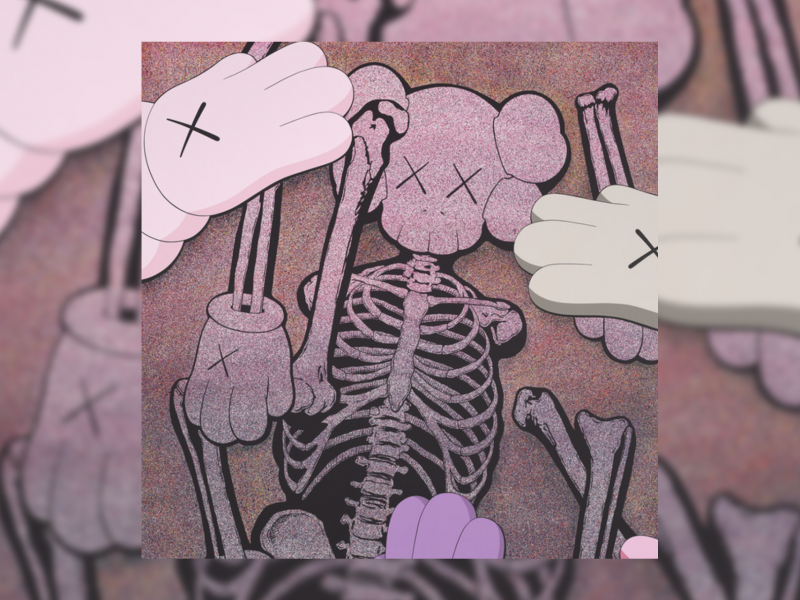The Ghost Dance movement is a depressing piece of United States history as significant as it is overlooked. Its story is told poorly in Woman Walks Ahead, a boring movie that sets itself up for failure by overdramatizing and inaccurately representing the Native American struggle.
Woman Walks Ahead is a nearly two-hour look into the relationship between the Lakota Sioux Tribe leader Sitting Bull (Michael Greyeyes) and painter Catherine — also known as Caroline — Weldon (Jessica Chastain) during the 1890 Ghost Dance movement. Director Susanna White paints Weldon not only as a victim of circumstances but also as a white savior. But this is far from historically accurate.
It is a beautifully shot film and the actors work together phenomenally, but the storyline is weak and unrealistic. You don’t need to know a lot about Weldon’s story to tell her character was softened up to fit typical innocent, caregiver archetypes.
The film opens with Weldon, a widow, traveling solo by train from New York to the Standing Rock Indian Reservation in the Dakotas. She is setting out only to paint a portrait of Sitting Bull. In reality, she was a divorcée who moved there with her son — who is never mentioned in the film — because she was passionate about Native American rights.
On screen, Weldon actively encourages the Ghost Dance movement, a spiritual movement among the natives created as a backlash to forced American assimilation. She urges the Sioux to work against the U.S. government in its effort to take away land from Native Americans, despite warnings that such actions would end in violence and death. In reality, she herself rejected the Ghost Dance movement and warned Sitting Bull of the impending bloodshed.
These inaccuracies turned what could have been a sobering movie about an impassioned woman’s failed attempt at social justice into a vague, directionless, predictable snoozefest.
The only positives of Woman Walks Ahead were the acting and the beautiful cinematography. Chastain and Greyeyes had incredible chemistry — the most compelling scenes in the whole film were just of the two chatting privately.
The filmmakers took extreme artistic liberties to make Weldon appear like the savior of a story in which no one is saved. In one scene, she skirts the ration system used to limit the Native’s food access by personally buying dry goods in bulk for the reservation. In another scene, white men violently beat her in an alley because of her close relationship with Sitting Bull.
Weldon’s struggles as an activist and “widow” were highlighted and elevated to a point where they seemed on par with the plight of the starving, exploited Natives she wanted to help. That’s disgraceful, as Weldon could return to a life of wealth and privilege while the Natives she cared so deeply about either died or suffered through oppression for the rest of their lives.
Ultimately, Woman Walks Ahead tells the story of the Ghost Dance movement and the lead up to the Wounded Knee Massacre — which occurred in part because of Native resistance — without making Native Americans the focus of the film. Weldon should not have been the leader of this movie, and based on the reality of her experience at Standing Rock Indian Reservation, I doubt she would have wanted to be.
1/4 Shells.



